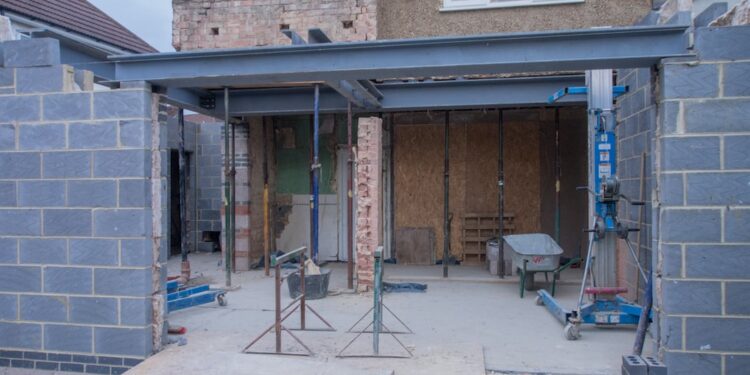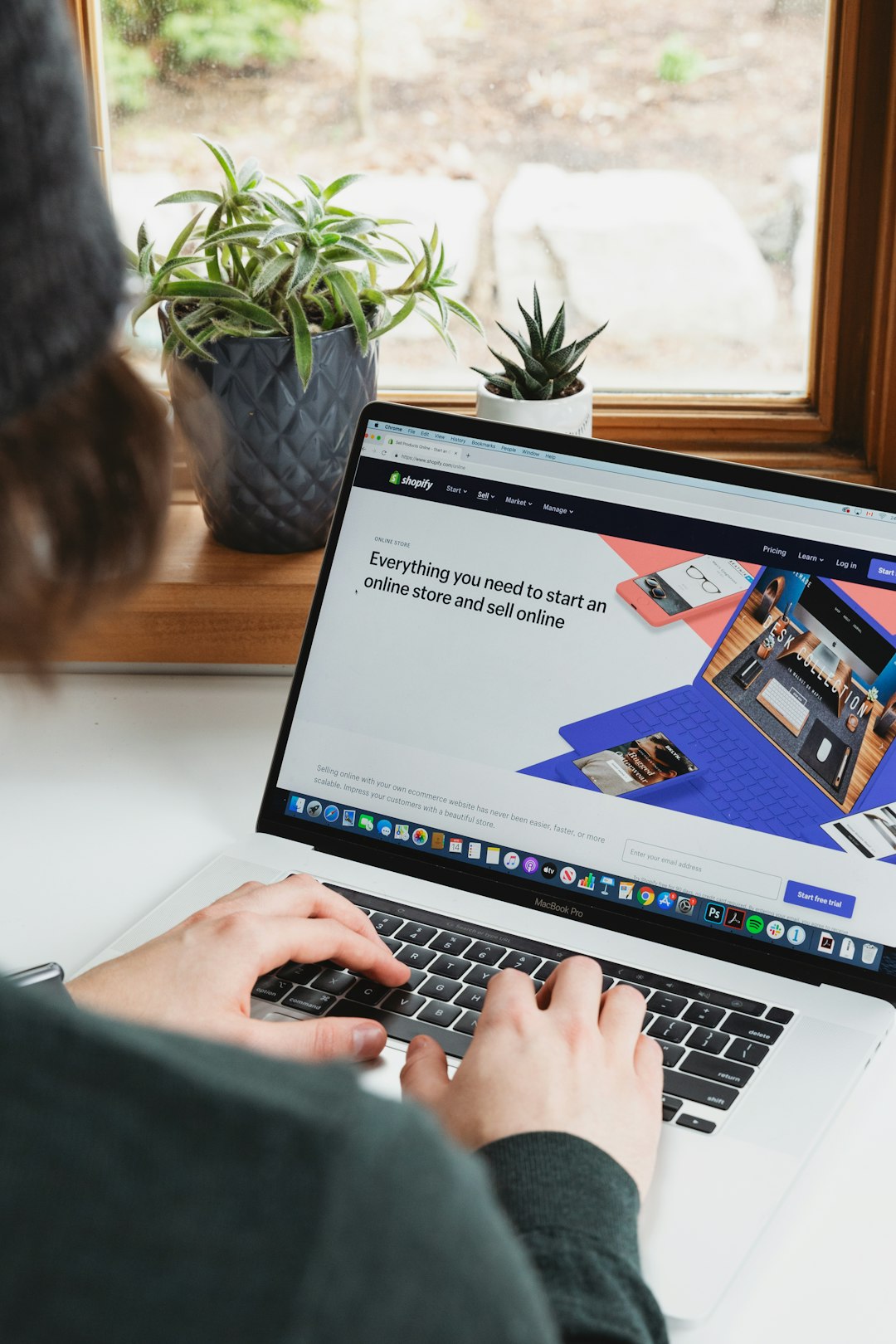The ABCs of Plumbing: Simple Tips for DIY Fixes
Plumbing issues can be a nightmare for homeowners. From leaky pipes to clogged drains, these problems can disrupt our daily lives and cause inconvenience. While some plumbing problems require the expertise of a professional, many issues can be resolved with a few simple DIY fixes. In this article, we will discuss the ABCs of plumbing and provide you with some handy tips to tackle common plumbing problems on your own.
A- Avoid clogged drains: Clogged drains are one of the most common plumbing problems. To prevent them, avoid putting grease, oil, and food waste down the drain. Use a drain strainer or stopper to catch hair and other debris, and clean it regularly. You can also try pouring boiling water down the drain to clear minor clogs.
B- Be mindful of your toilet: A malfunctioning toilet can cause a lot of frustration. If your toilet keeps running, it’s likely that the flapper valve or the fill valve needs to be replaced. This is a relatively easy fix that can save you from wasting water and facing higher water bills. Additionally, if your toilet is clogged, you can use a plunger to try and clear the blockage. If the clog persists, a toilet auger or plumber’s snake can help remove the obstruction.
C- Check for leaks: Leaky pipes can lead to water damage and a hefty water bill. Regularly check for any signs of leakage and fix them promptly. A simple way to detect leaks is to monitor your water meter. Shut off all water sources and check if the meter still moves. If it does, you likely have a hidden or slow leak. Additionally, inspect your faucets and toilet tank for any visible leaks or drips, and replace worn-out washers or faulty valves.
D- Don’t ignore low water pressure: If you notice a decrease in water pressure, there could be several reasons behind it. First, check if the pressure issue is limited to one fixture or is affecting the entire house. If it’s specific to one faucet, the aerator might be clogged. Remove the aerator, clean it thoroughly, and reattach it. If the low water pressure is widespread, the main water valve could be partially closed or there may be sediment buildup in the pipes. Ensure that the main valve is fully open and consider contacting a plumber to clean the pipes if necessary.
E- Educate yourself on shut-off valves: Knowing the location of shut-off valves in your home can save you from a plumbing disaster. In case of a burst pipe or a major leak, shutting off the water supply to the affected area can prevent widespread damage. Familiarize yourself with the location of the main water shut-off valve, which is typically found near the water meter or on an exterior wall. Similarly, locate the individual shut-off valves for toilets, sinks, and appliances, as turning them off can help fix minor leaks without disrupting the entire water supply.
F- Fixing a dripping faucet: A dripping faucet can be irritating and wasteful. Luckily, it’s often a simple fix. Start by turning off the water supply to the faucet. Then, disassemble the faucet and check for any worn-out washers or O-rings. Replace these components if necessary and reassemble the faucet. Turn on the water to check if the drip has stopped. If it persists, you may need to replace the entire faucet.
Remember, these are just a few basic tips to help you handle common plumbing problems. For more complex issues or if you’re not confident in your plumbing skills, it’s important to call a professional plumber. They have the expertise and specialized equipment to address complicated plumbing problems and ensure a long-lasting solution.
By following these simple ABCs of plumbing and having a basic understanding of how your plumbing system works, you can tackle many common plumbing issues on your own. Remember to always prioritize safety and, when in doubt, consult a professional plumber. With a little bit of knowledge and the right tools, you can save money and prevent plumbing disasters.















